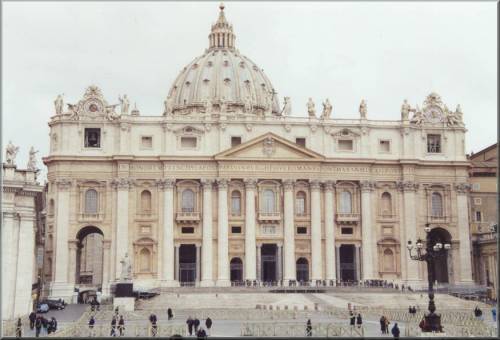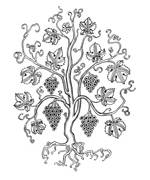
Part One: The Apostles’ Creed
The Basic Profession of Faith
 The Apostles’ Creed was originally a profession of faith required of converts to Christianity before they were baptized. As a formula of belief
it goes back in substance, if not in words, to the twelve apostles.
The Apostles’ Creed was originally a profession of faith required of converts to Christianity before they were baptized. As a formula of belief
it goes back in substance, if not in words, to the twelve apostles.
Following Christ’s declaration that “He who believes and is baptized will be saved” (Mark 16:16), the Apostles’ Creed was the precondition for baptism. Only believers could be baptized. Even when children were baptized in the early Church, someone had to profess the faith for them. Since the Apostles’ Creed was first formulated, there have been many other creeds approved and used by the Church. But this creed still remains the most common profession of the Christian faith in the world. There is no other place to start talking about Christianity than with the Christian faith. “Our faith,” we are told, “can guarantee the blessings that we hope for and prove the existence of the realities that at present remain unseen.” (Hebrews 11:1) What the Apostles’ Creed tells us is what everyone who calls himself a Christian must accept on the word of God, that is, on faith. We accept three fundamental truths in the Apostles' Creed.
What needs to be emphasized is that belief in these revealed truths is the foundation of Christianity. We can hope only in what we know to be true; faith provides us with the guarantee that our hope is not in vain. We can love only what we know to be good; faith provides us with the vision that God is so good we should love Him with our whole heart and soul. 
Copyright © 2002 Inter Mirifica
Pocket Catholic Catechism |